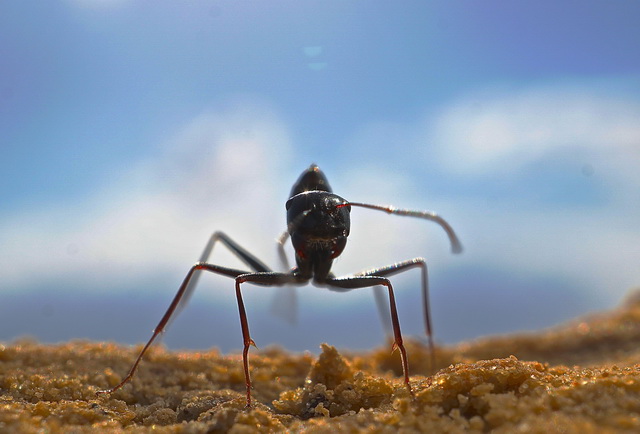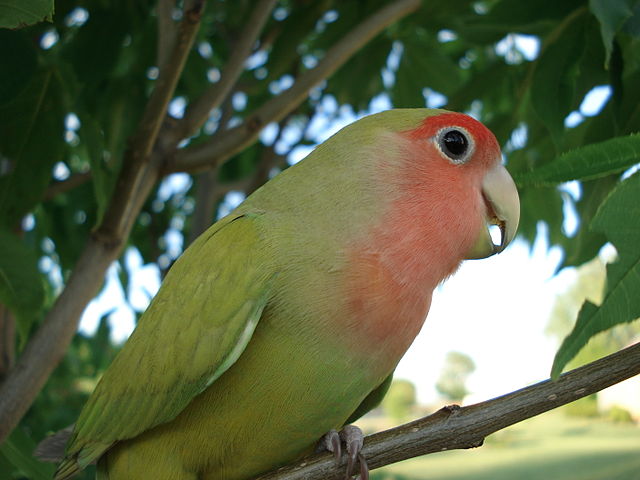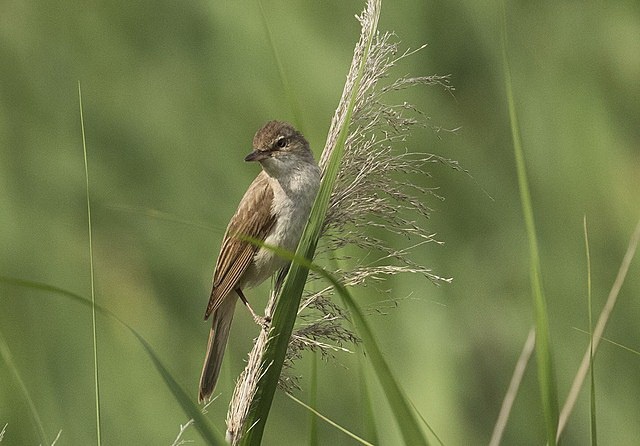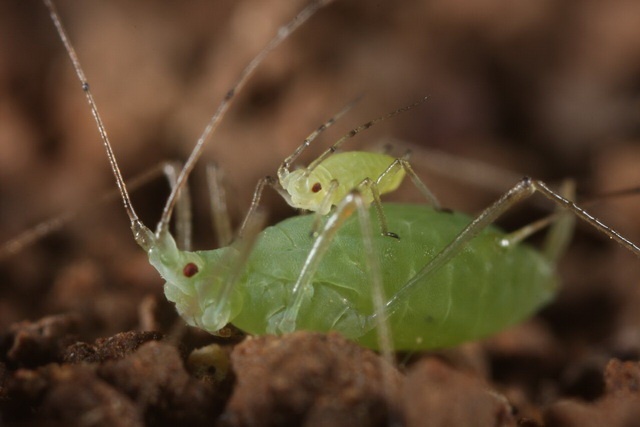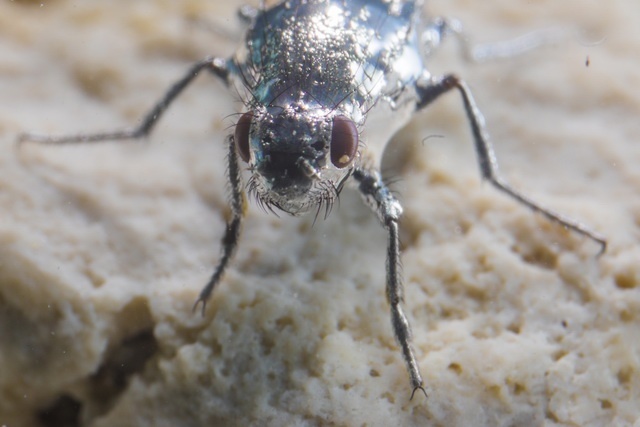Nest hill helps ants to return home in barren salt flats
Often nothing is visible around a nest of the desert ant Cataglyphis fortis that could help foraging workers to return to the nest. In that case, the ants make a landmark themselves, Marilia Freire and colleagues show.
A foraging trip is a survival trip for the desert ant Cataglyphis fortis, which lives in salt pans in Tunisia; salt pans are vast bare plains where there was once water, but now only a salt crust remains. Ant workers venture out individually to search that barren plain for insects and other small critters that have succumbed to the relentless desert heat. After founding something, they must return to the nest with the loot between their jaws as quickly as possible, otherwise they will succumb themselves.
But the entrance to the underground nest is barely visible. That is why the ants build a landmark, when necessary, Marilia Freire and colleagues discovered.
Navigation
Food is scarce, so foraging desert ants often must move far from the nest to find something. They venture up to 350 meters away. Because they have excellent navigation skills, they usually return safely.
When going out foraging, a worker constantly uses an internal sun compass to keep track of the direction in which she is walking and with a kind of pedometer she measures the distance she covers in that direction. When she finds food, she has usually followed a tortuous path, but thanks to this so-called path integration she can walk back to the nest in a straight line, i.e., via the shortest possible route. At least: she closely approaches the nest.
When within a few meters, she needs visible clues to find the exact place of the nest entrance, because path integration doesn’t work perfectly. The farther an ant has gotten from the nest, the more uncertainty creeps into the route back and thus the greater the chance is that she has to search for too long and succumbs. For the very last bit of the trip homewards, she relies on nest smell.
But in the middle of a salt pan, there is nothing to be seen at all. What to do in this case?
Landmark
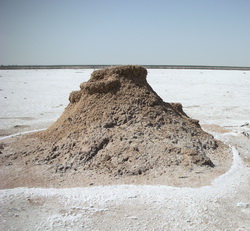 Freire and the other researchers had noticed that the desert ants often build a hill at their nest, and that nest mounds in the middle of a salt pan are higher than on the edge, where some shrubs grow. A nest mound in the middle of a salt pan is 12 centimeters high on average (the highest they found was 30 centimeters), a nest mound at the edge only 5. So, they wondered if the mounds might serve as visual landmarks for workers returning from a foraging trip.
Freire and the other researchers had noticed that the desert ants often build a hill at their nest, and that nest mounds in the middle of a salt pan are higher than on the edge, where some shrubs grow. A nest mound in the middle of a salt pan is 12 centimeters high on average (the highest they found was 30 centimeters), a nest mound at the edge only 5. So, they wondered if the mounds might serve as visual landmarks for workers returning from a foraging trip.
To find the answer, they captured ants at the nest and placed them at a distance of a few meters. Since the ants had not walked themselves, they could not use path integration. But they were placed at distances where they normally must be guided by landmarks to find the nest entrance anyway. The researchers had removed the mounds at some of the nests to see if that made a difference.
That turned out to be the case, especially for nests in the middle of a salt pan. Without a mound, ants were not able to walk directly to such nest and more often failed to find it at all. The hills therefore serve as landmarks. Next question: do ants build them specifically for that purpose? It is possible that the mounds have another main function, such as regulating the nest temperature.
Only when needed
But the researchers show that the desert ant does build its mounds as landmarks by conducting experiments in which they removed the mounds at sixteen nests in the middle of a salt pan. At eight of those nests, they placed artificial landmarks, namely two black cylinders. Three days later, the ants were found to have built a new mound at some of those sixteen nests, especially at nests without artificial landmarks, and at those nests, the mounds were taller.
Conclusion: desert ants build mounds near their nest as landmarks for foraging workers. But they only make the effort if there are no other landmarks visible, such as bushes or, in the trials, black cylinders.
Willy van Strien
Photos: ©Markus Knaden
Large: Cataglyphis fortis
Small: nest mound in the centre of a salt pan
Sources:
Freire, M., A. Bollig & M. Knaden, 2023. Absence of visual cues motivates desert ants to build their own landmarks. Current Biology 33: 1-4 (31 May online). Doi: 10.1016/j.cub.2023.05.019
Steck, K., B.S. Hansson & M. Knaden, 2009. Smells like home: desert ants, Cataglyphis fortis, use olfactory landmarks to pinpoint the nest. Frontiers in Zoology 6: 5. Doi: 10.1186/1742-9994-6-5
Wittlinger, M., R. Wehner & H. Wolf, 2007. The desert ant odometer: a stride integrator that accounts for stride length and walking speed. The Journal of Experimental Biology 210: 198-207. Doi: 10.1242/jeb.02657
Wehner, R., 2003. Desert ant navigation: how miniature brains solve complex tasks. Journal of Comparative Physiology A 189: 579-588. Doi: 10.1007/s00359-003-0431-1
